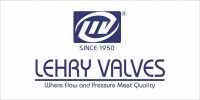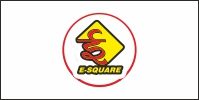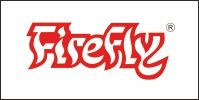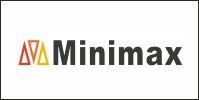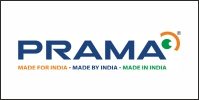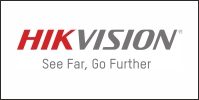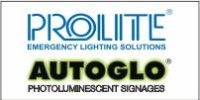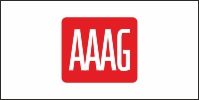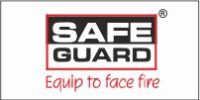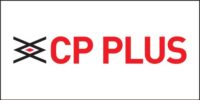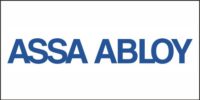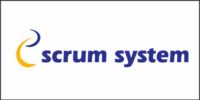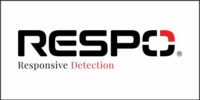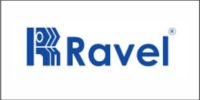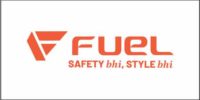 In this edition, we focus on OSHA’s Process Safety Management (PSM) standard for petroleum refineries, examining prevalent compliance issues and highlighting critical areas for improvement based on recent findings.
In this edition, we focus on OSHA’s Process Safety Management (PSM) standard for petroleum refineries, examining prevalent compliance issues and highlighting critical areas for improvement based on recent findings.
Overview of OSHA’s PSM Standard
The OSHA Process Safety Management (PSM) standard, introduced in 1992, aims to manage the risks associated with the release of highly hazardous chemicals (HHC). The petroleum refining industry has historically faced a higher rate of fatal and catastrophic incidents related to HHC releases compared to other sectors. In response, OSHA launched the Petroleum Refinery Process Safety Management National Emphasis Program (NEP) in June 2007 to bolster compliance and enhance safety.
The recent report, “Process Safety Management for Petroleum Refineries,” provides valuable insights into common non-compliance issues and areas of concern identified during the NEP inspections. This digest summarizes these findings and offers practical guidance for refineries to address and mitigate these issues.
Common Areas of Non-Compliance
- Process Safety Information (PSI)
PSI includes crucial data about the hazards of HHC, process technology, and equipment. Effective PSI ensures adherence to Recognized and Generally Accepted Good Engineering Practices (RAGAGEP). Common compliance issues include:
RAGAGEP Documentation:
- Insufficient information on relief systems.
- Inadequate documentation of facility siting RAGAGEP for controlling toxic, fire, and explosion hazards.
Piping and Instrumentation Diagrams (P&IDs):
- Inaccurate or outdated P&IDs.
- Lack of documentation for relief system design and its basis.
- Process Hazard Analysis (PHA)
PHA identifies and evaluates the potential hazards of HHC, including previous incidents, engineering controls, and human factors. Key deficiencies include:
Recommendation Resolution:
- Absence of a system for addressing PHA team recommendations promptly.
- Systemic issues with resolving multiple PHA findings.
- Operating Procedures
Refineries must have clear, written procedures for normal operations, upset conditions, and emergencies. Common non-compliance issues involve:
Emergency Shutdown Procedures:
- Failure to identify necessary conditions for emergency shutdown.
- Lack of designated personnel for executing emergency shutdowns.
Safe Work Practices:
- Inadequate control of entry into ignition source areas.
- Insufficient practices for line breaking, hot work permitting, and LOTO procedures.
- Mechanical Integrity (MI)
The MI program ensures the integrity of process equipment through maintenance, inspection, and testing. Typical issues include:
Equipment Deficiencies:
- Unaddressed equipment deficiencies, especially in relief devices, piping circuits, and pressure vessels.
Inspection, Testing, and Maintenance:
- Absence of proper inspection and testing procedures.
- Inadequate site-specific inspection protocols and unresolved anomalous data.
- Management of Change (MOC)
MOC procedures manage changes affecting processes, including equipment, chemicals, and procedures. Common MOC deficiencies include:
Failure to Implement MOC:
- Changes in equipment design or operating procedures without MOC.
- Inadequate MOC for modifications to facilities or temporary changes.
Recommendations for Compliance
- Enhance Documentation:
Ensure all RAGAGEP and P&ID documentation are accurate, complete, and regularly updated.
- Strengthen PHA Processes:
Develop a robust system for resolving PHA recommendations and ensure thorough facility siting analyses.
- Revise Operating Procedures:
Update emergency shutdown procedures and safe work practices to address identified deficiencies.
- Improve Mechanical Integrity Programs:
oEstablish comprehensive inspection, testing, and maintenance procedures. Address all equipment deficiencies promptly.




















